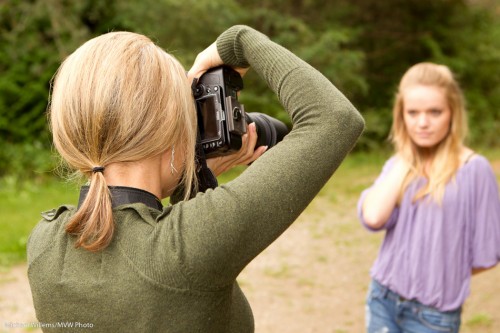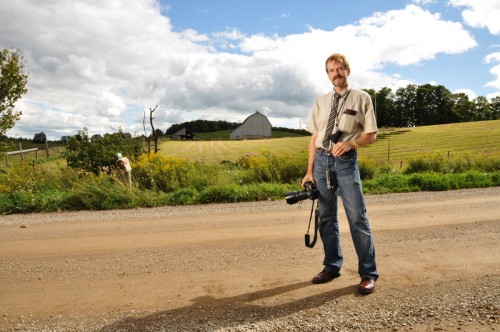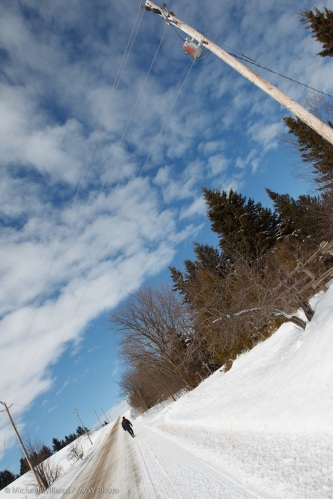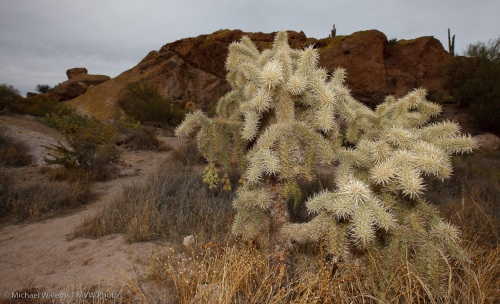In an intensive half-day custom course, I taught my student Melony some glamour photography techniques a few days ago. From flash techniques to colour to modifiers to using a light meter to posing.
She brought her daughter as her subject, and both did excellent work.
(By the way, did I ever tell you to make the viewer work in interpreting an image? Yes I did. And the blurred out daughter in the background is an excellent way to do that. Don’t tell the whole story, let the viewer figure it out.)
But anyway. Student Melony also kindly photographed me:
That is a great portrait.
And I can say that because it is the photographer who makes the portrait, in this case, more than the subject.
So how did we do this? Why does it work?
This works because:
- The light is good. First, Melony exposed the background properly (i.e. she did not overexpose it: exposing less is good, so that the subject, not the background, becomes the “bright pixels”). Willems’s Dictum: “Bright Pixels are Sharp Pixels”. Also known as “blurriness hides in the shadows”.
- Then, I am lit by the sun from the right (aided by a speedlight, but as the sun came out just at the right moment, this was no longer necessary). That gives us the nice shadow.
- But then, in a twist, and that twist is what does it, I am lit by a strobe with a softbox on the (camera) left – that gives the “ultra-realistic” look. Light from the back -and yet I am bright in the front.
- This image also show good use of appropriate props – I am holding the camera, which for a photographer is part of the story.
Pocketwizards and a battery-powered Bowens light, as well as a speedlight, were used here.
And kudos to those of you who spotted the other essentials, around my neck: a Hood Loupe by Hoodman, and a flash meter.
Light makes a photo. Creative light makes it better. And it is simple. Once you know it.
This is the sort of stuff I teach at my workshops, and Joseph Marranca and I are doing several more in October: check the schedule on www.cameratraining.ca !
And yes, I wear a tie almost every day.










